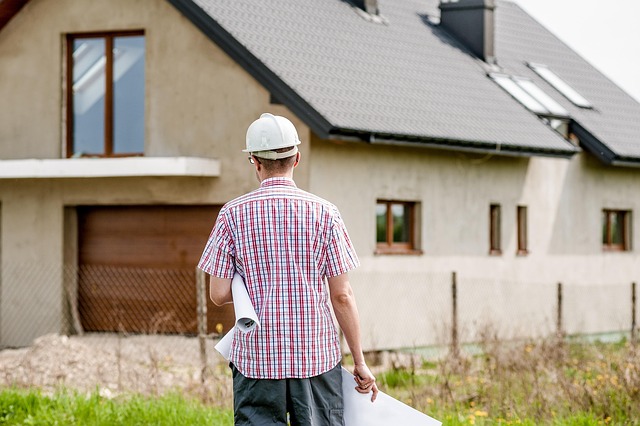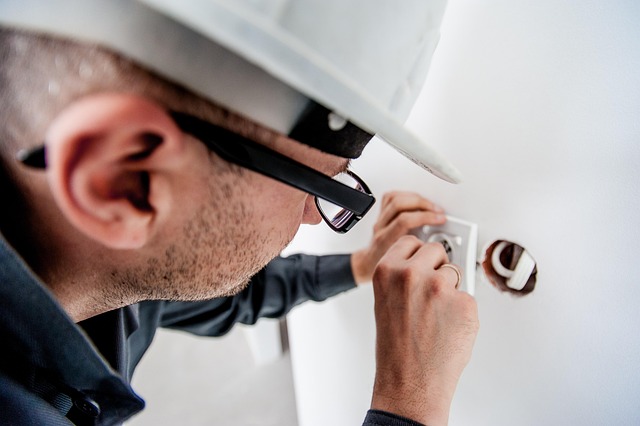Windows are crucial for home comfort and energy efficiency. Over time, they can become drafty and damaged, leading to higher utility bills. Modern windows with advanced sealing mechanisms offer superior insulation, reduce noise pollution, and improve home value. The installation process includes precise measurements, careful removal, insertion of new windows, proper sealing, and testing operability. Post-installation care involves inspecting for damage, regular cleaning, sealing areas around windows, and considering insulation films in colder climates to maintain functionality and longevity. Regular maintenance contributes to the overall health of new windows, enhancing home value and comfort as part of home repair and maintenance.
Considering window replacement? This comprehensive guide on home repair and maintenance will walk you through the process, from understanding why and when to replace your windows to a step-by-step installation guide. Learn how to choose the right replacement options for your home, ensure a seamless fit, and properly care for your new windows post-installation, guaranteeing longevity and optimal performance.
- Understanding Window Replacement: Why and When to Replace Your Windows
- The Installation Process: Step-by-Step Guide for Successful Window Installation
- Post-Installation Care: Tips for Maintaining Your New Windows and Ensuring Longevity
Understanding Window Replacement: Why and When to Replace Your Windows

Windows are an integral part of any home, offering light, ventilation, and a view to the outside world. However, over time, they can become energy inefficient, drafty, or even damaged, leading to uncomfortable living conditions and increased utility bills. Understanding when and why to replace your windows is crucial in the realm of home repair and maintenance.
One of the primary reasons to consider window replacement is improved energy efficiency. Older windows may have single-pane glass, poor sealing, or outdated frames, all of which contribute to heat loss during winter and heat gain during summer. Modern double- or triple-pane windows with advanced sealing mechanisms can significantly enhance your home’s insulation, reducing energy consumption and lowering utility expenses. Additionally, replacing windows can mitigate noise pollution from busy roads or neighboring properties, providing a quieter indoor environment. Regular maintenance, such as checking for drafts and ensuring proper closing mechanisms, is essential, but sometimes the best solution is a complete window replacement to achieve optimal results in terms of comfort and savings.
The Installation Process: Step-by-Step Guide for Successful Window Installation

The window installation process involves several steps, ensuring a secure and efficient fit for optimal home repair and maintenance. It begins with measuring the existing opening to ensure the new window is the correct size. Next, the old window is carefully removed, taking care not to damage the surrounding framework or exterior. Once the space is prepared, the new window is inserted, making sure it aligns correctly with the opening.
A crucial step in successful installation is sealing the window properly to prevent air leaks. This involves applying weatherstripping around the window’s perimeter and securing it with appropriate hardware. Finally, the window’s operability is tested, ensuring smooth opening and closing, as well as proper locking mechanisms for security and weather protection.
Post-Installation Care: Tips for Maintaining Your New Windows and Ensuring Longevity

After successfully replacing or installing new windows, proper post-installation care is essential for maintaining their longevity and functionality. Begin by inspecting the installation to ensure it was done correctly. Look for any signs of damage, improper sealing, or misalignment. Regular cleaning is another crucial aspect. Use mild soap and warm water to clean the window frames and glass, avoiding abrasive materials that could scratch the surface. Consider making this a monthly routine to keep your windows in optimal condition.
Additionally, sealing the areas around the window with caulk can prevent air leaks and moisture intrusion, which are common causes of damage over time. Keep an eye out for any loose or damaged caulk and reapply as needed. Lastly, for homes in colder climates, consider investing in insulation films to help regulate indoor temperatures and reduce energy costs. Regular maintenance and these simple steps will contribute to the overall health of your new windows, ensuring they serve their purpose for years to come, thus enhancing your home’s value and your comfort as part of your home repair and maintenance regimen.
Window replacement is a significant home repair and maintenance task that can greatly enhance energy efficiency, reduce noise pollution, and improve your home’s overall comfort and security. By understanding when and why to replace your windows, following a meticulous installation process, and caring for them properly afterward, you’ll enjoy the benefits of new windows for years to come. These steps ensure not only a functional but also an aesthetically pleasing addition to your living space.






